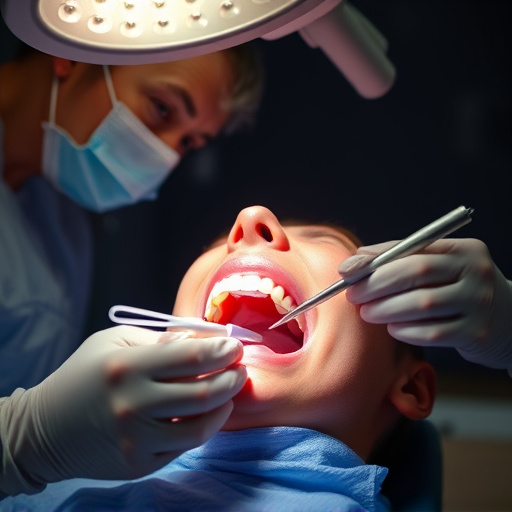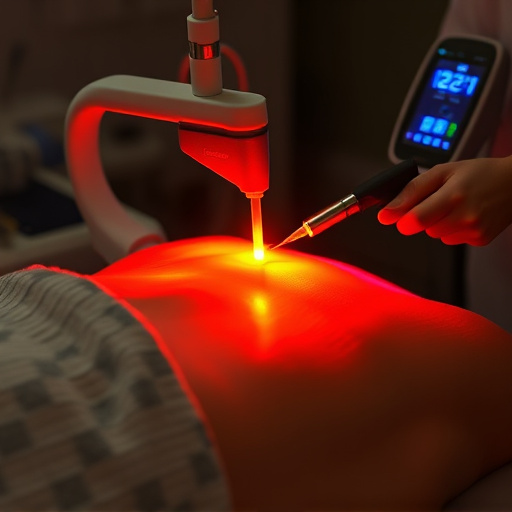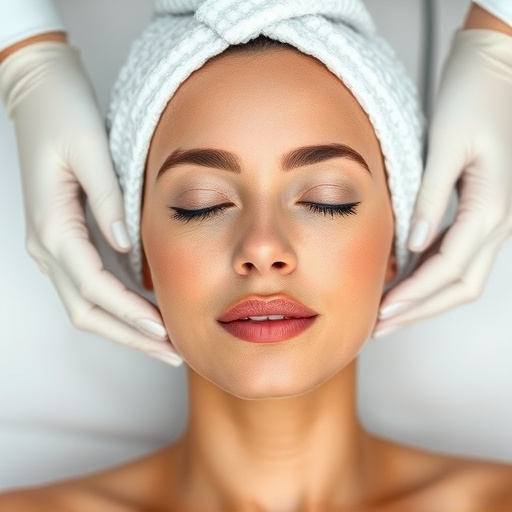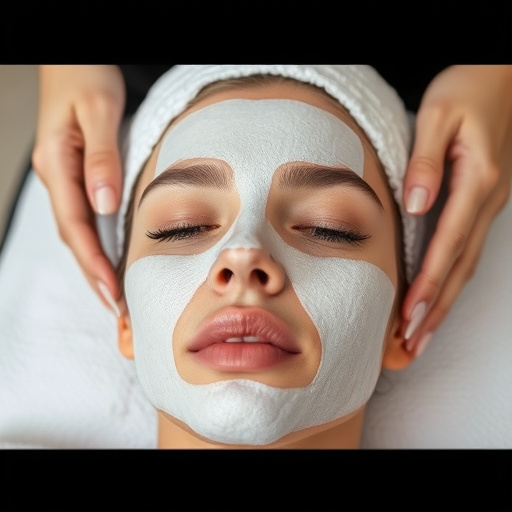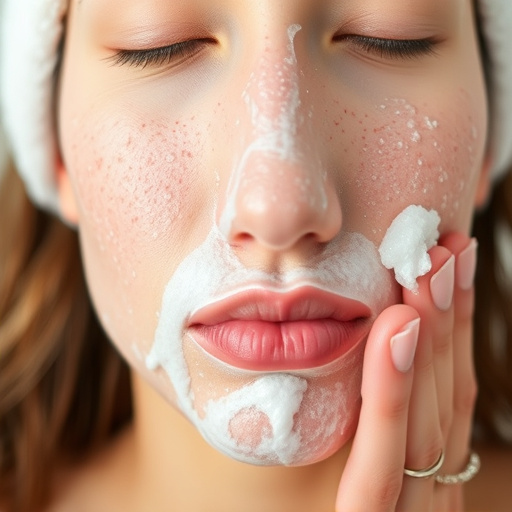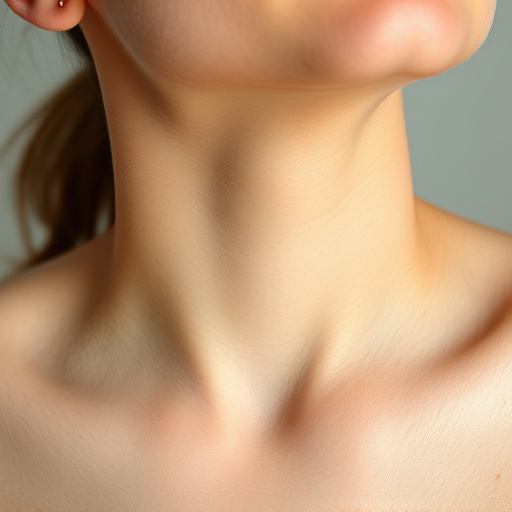Teenage acne, driven by hormones, oil production, and clogged pores, can be managed with topical solutions like benzoyl peroxide and salicylic acid, plus lifestyle changes. For more severe cases, customized facials, microdermabrasion, or chemical peels, guided by a dermatologist, offer additional benefits. Effective teenage acne treatment involves understanding skin types, targeting inflammation, and using evidence-backed methods alongside at-home routines.
Teenage acne can be a challenging and frustrating experience, but finding effective yet affordable solutions is possible. In this article, we explore comprehensive strategies to combat this common skin concern. From understanding the root causes and triggers, such as hormonal changes and dietary habits, to uncovering budget-friendly treatment options like topical medications and lifestyle adjustments, you’ll discover actionable steps towards achieving clear, healthy skin. Additionally, we highlight scientifically proven methods for long-lasting results.
- Understanding Teenage Acne: Causes and Common Triggers
- Exploring Affordable Treatment Options: Topical Solutions and Lifestyle Changes
- Scientific Backed Approaches for Effective Clear Skin Management
Understanding Teenage Acne: Causes and Common Triggers
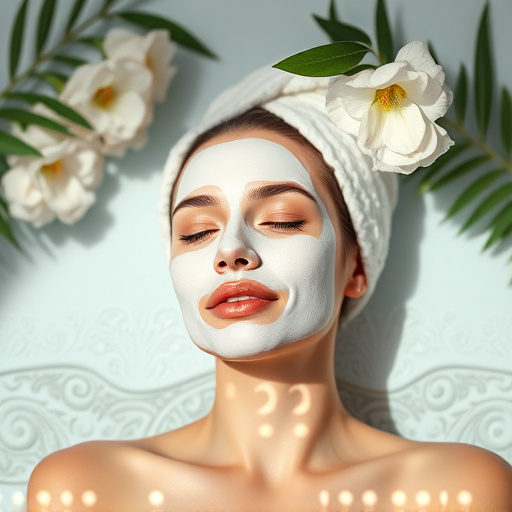
Teenage acne, also known as adolescent acne, is a common skin condition that affects millions of teenagers worldwide. It typically arises during puberty due to hormonal fluctuations and increased oil production by the sebaceous glands. This combination can lead to clogged pores, inflammation, and the formation of acne lesions, often appearing on the face, chest, back, and shoulders. While it may seem like a passing phase, untreated acne can leave permanent scars and impact self-esteem.
Several factors contribute to teenage acne outbreaks, including genetics, lifestyle choices, and environmental conditions. Common triggers include stress, certain foods (like dairy and processed sugars), hormonal changes, excessive sweating, and the use of oil-based skincare products. Understanding these causes is essential in developing effective strategies for management and treatment. With the right approach, tailored to individual skin types and needs, even severe cases can be successfully managed, leading to clearer, healthier skin.
Exploring Affordable Treatment Options: Topical Solutions and Lifestyle Changes
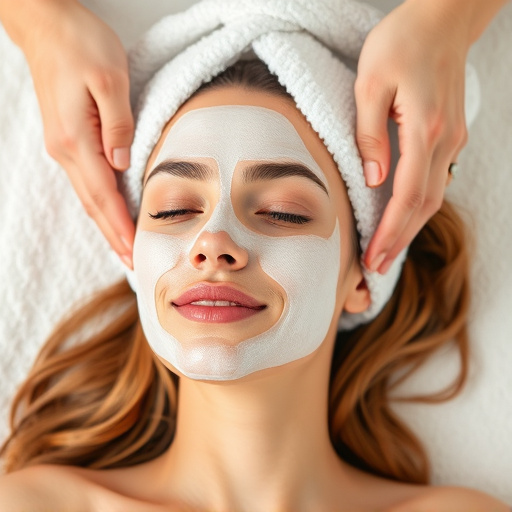
When it comes to exploring affordable teenage acne treatment options, topical solutions and lifestyle changes are often the first line of defense. Many over-the-counter creams, gels, and washes contain active ingredients like benzoyl peroxide or salicylic acid, which help to unclog pores, reduce inflammation, and kill bacteria that contribute to acne formation. These topical treatments can be highly effective when used consistently and in conjunction with other simple lifestyle adjustments.
In addition to topical solutions, making certain lifestyle changes can significantly impact teenage acne. Maintaining a balanced diet rich in fruits, vegetables, whole grains, and lean proteins can help regulate hormones and reduce inflammation throughout the body. Staying hydrated, practicing good hygiene (including washing face twice daily), avoiding touching the face, and limiting stress levels are also essential habits to cultivate for healthier skin. For more advanced cases or those resistant to typical treatments, exploring customized facials and aesthetic treatments, such as skin-tightening procedures, could offer additional benefits; however, these should be considered with guidance from a dermatologist to ensure safety and efficacy.
Scientific Backed Approaches for Effective Clear Skin Management
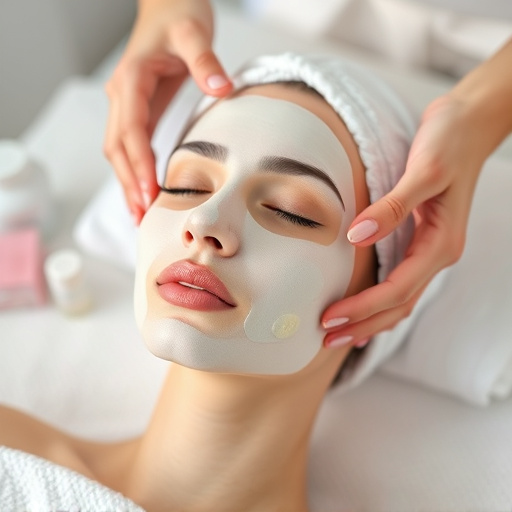
Acne is a common skin condition that affects many teenagers, and while it can be embarrassing and frustrating, there are effective scientific-backed approaches to manage and clear up this skin issue. When it comes to teenage acne treatment, understanding the root causes is key. It’s not just about cleaning the skin surface but also addressing the underlying factors that contribute to inflammation and excess sebum production.
One proven method involves customized facials tailored to individual skin types and concerns. These facials use active ingredients like salicylic acid and benzoyl peroxide, which have anti-inflammatory properties and can effectively unclog pores. Additionally, facial treatments focusing on wrinkle reduction techniques, such as microdermabrasion or chemical peels, can also benefit acne-prone skin by exfoliating dead skin cells and promoting healthier skin turnover. These professional procedures complement at-home skincare routines and offer a comprehensive approach to achieving clear, radiant skin.
Teenage acne can be a challenging experience, but understanding its causes and exploring effective yet affordable treatment options can significantly improve skin health. By incorporating scientifically backed topical solutions and lifestyle changes, teens can achieve clear, healthy skin. Remember that consistency is key when managing acne, and with the right approach, lasting results are well within reach.





